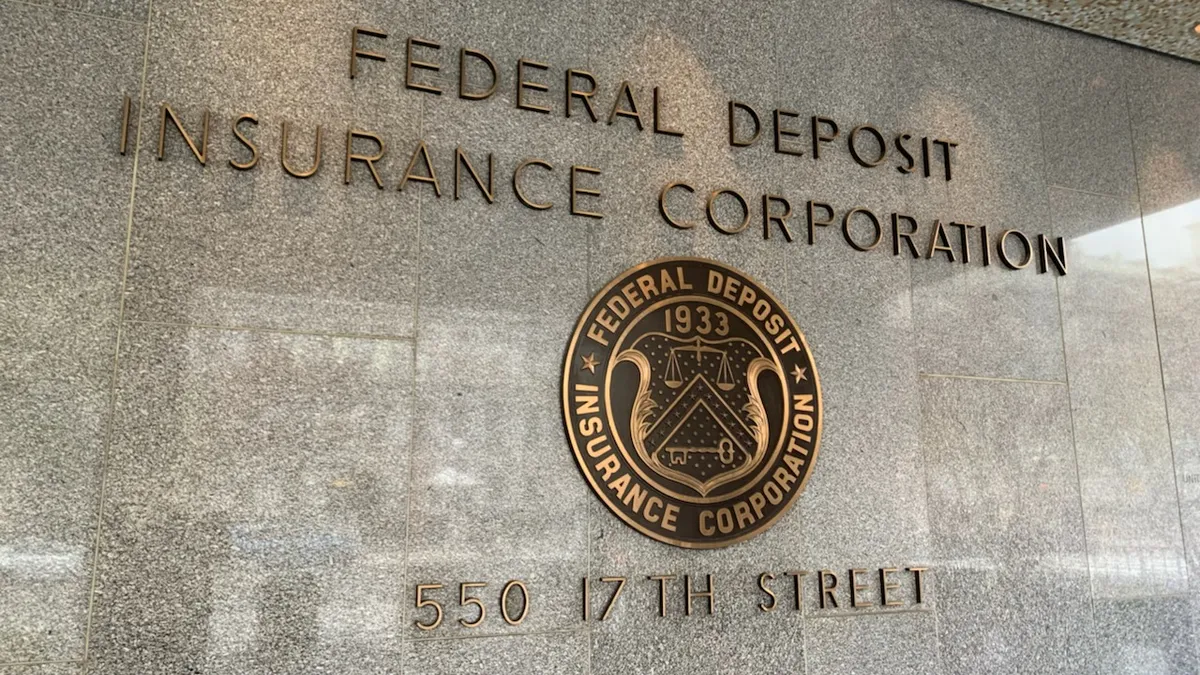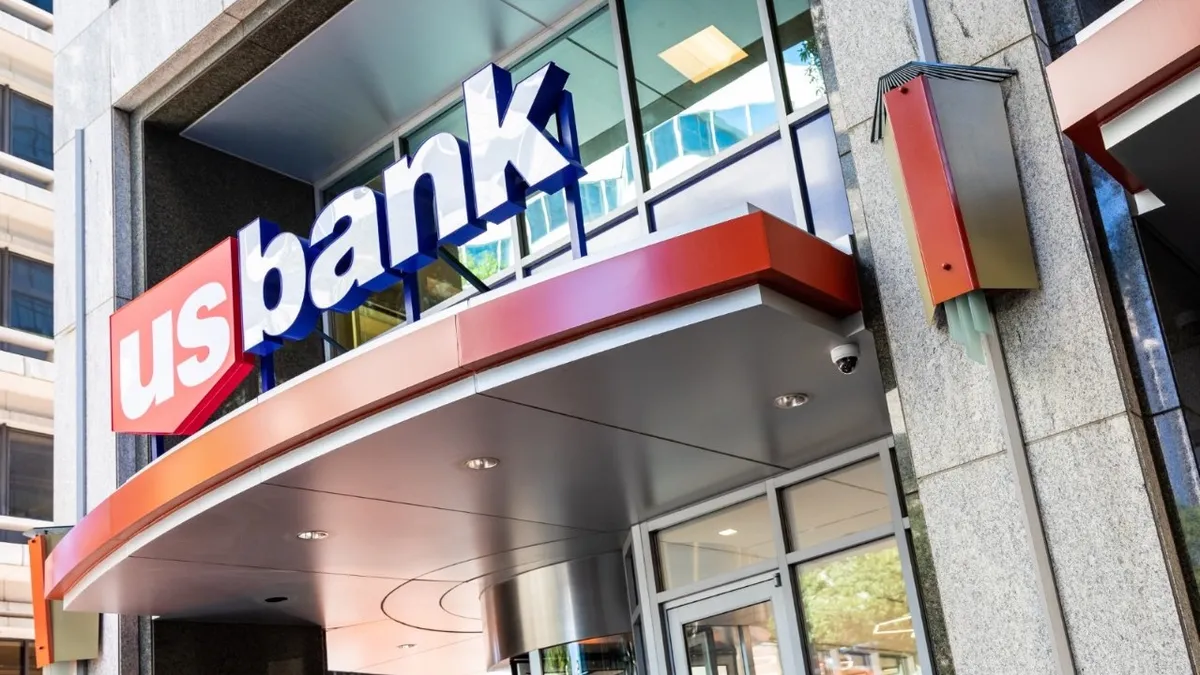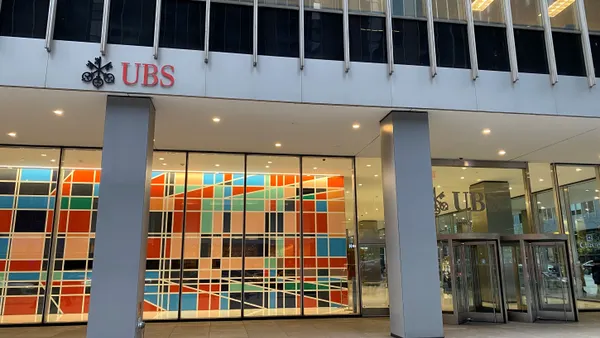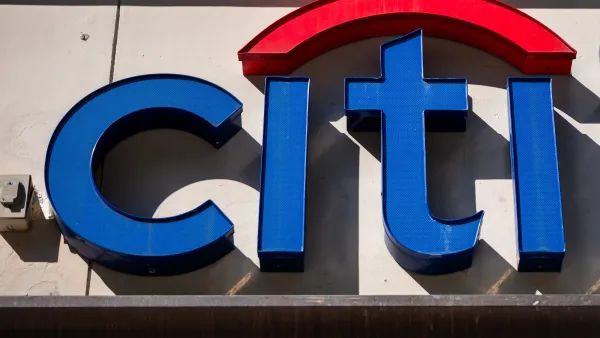Banks’ net income saw modest gains in the first quarter of 2025, despite weakness in commercial real estate portfolios, the Federal Deposit Insurance Corp. reported Wednesday.
The FDIC’s 4,462 insured commercial banks and savings institutions saw a 1.16% return on assets and a net income of $70.6 billion, up $3.8 billion from the previous quarter.
The uptick in net income was driven by an increase in noninterest income, the FDIC reported, which stemmed from market movements. A decrease in securities’ losses added to the rise in net income, the FDIC said.
“Overall, this was generally a very stable quarter, nothing too remarkable in the results,” Acting Chairman Travis Hill said at a press conference Wednesday.
Of the $70.6 billion in net income, $6.8 billion came from the FDIC’s 4,022 insured community banks. An increase of $621 million in community bank net income represented a 10% jump from the prior quarter. The increases were bolstered by higher net interest income, lower losses on securities sales, lower provision expenses and lower noninterest expenses.
In commercial real estate loans, past-due and nonaccrual loans – or loans that are 30-plus days past due or in nonaccrual status – were at their highest rate (1.49%) since 2014. Such loans in multifamily CRE have seen the biggest increase in the past year, up 88 basis points to 1.47%. However, past-due and nonaccrual loans overall fell one basis point from the prior quarter to 1.59%, and the industry’s ratio is still below the pre-pandemic average of 1.94%.
Increased past-due and nonaccrual loan rates of non-owner-occupied property loans – or office loans – persisted, largely within the portfolios of larger banks.
“[T]he greatest weakness in non-owner-occupied CRE loans continued to be reported by the largest banks, or those with greater than $250 billion in assets,” the FDIC wrote Wednesday. “These banks reported a non-owner occupied CRE PDNA rate of 4.65 percent, down from 4.75 percent last quarter but well above their pre-pandemic average rate of 0.59 percent. However, these large banks have lower concentrations of such loans in relation to total assets and capital than smaller banks, mitigating the overall risk.”
Domestic deposits rose for the third consecutive quarter, this time by $180.9 billion, or 1%; and estimated insured deposits increased by $110.5 billion, or 1%. Brokered deposits, however, decreased $14.9 billion (1.2%), marking a fifth consecutive quarter of losses.
Additionally, loan growth in the first quarter was modest, increasing $62 billion (0.5%) from the prior quarter, with non-depository financial institutions reporting the largest portfolio increases. Commercial and industrial and multifamily CRE both contributed to the quarter’s modest growth, but the industry’s annual loan growth rate remains below the pre-pandemic average (3.0% vs. 4.9%).














